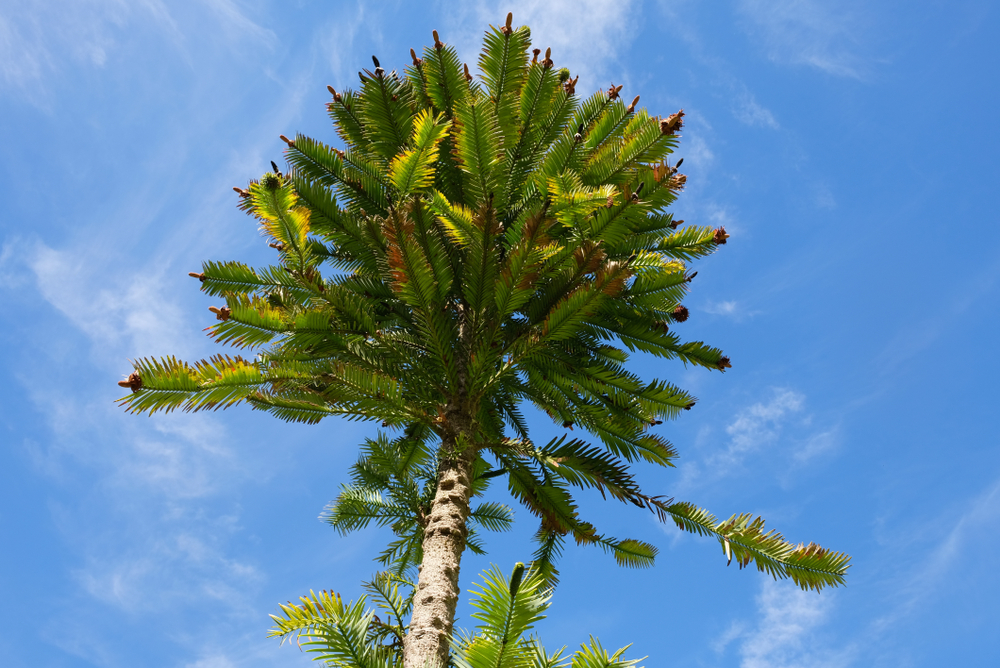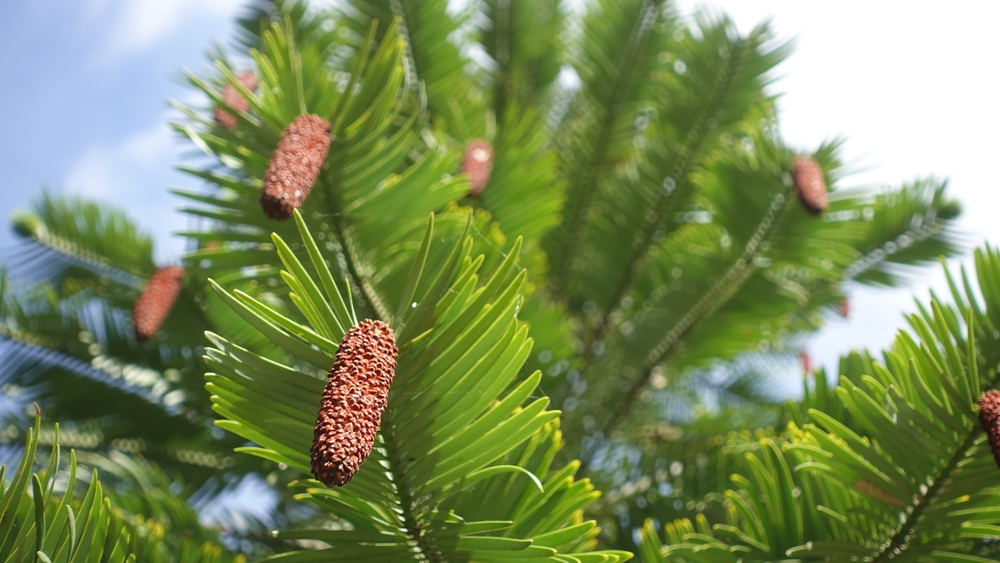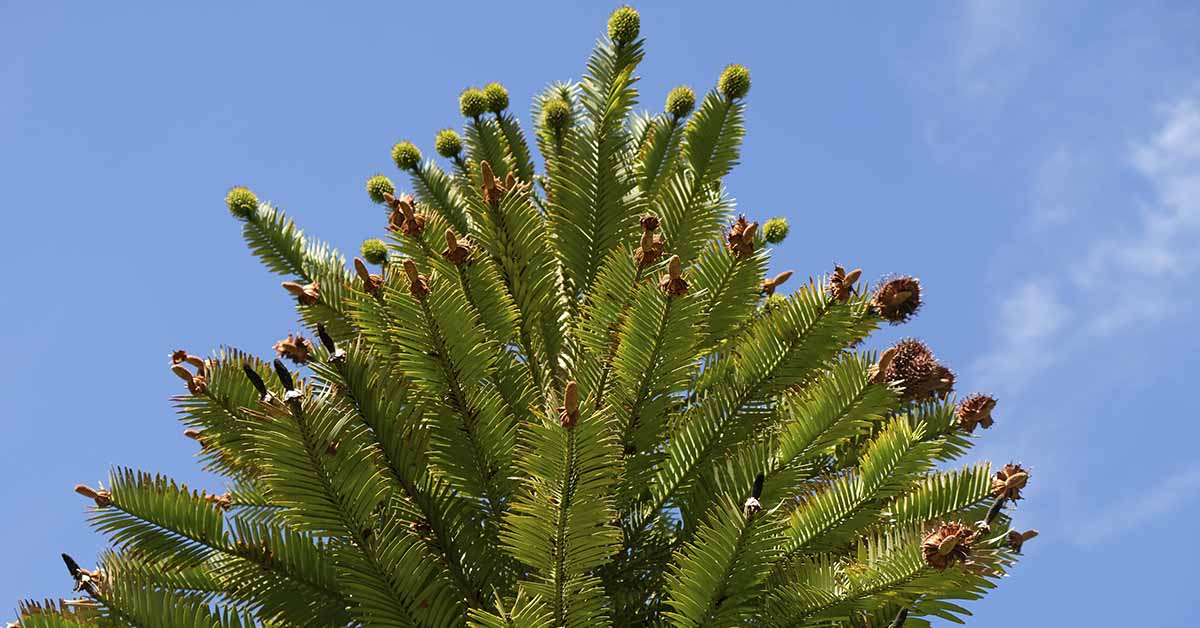Experts once believed the Wollemi pine tree went extinct. But in the 1990s, it was rediscovered in Australia. Also called the dinosaur tree, the Wollemi pine is one of the oldest tree species in the world. However, it’s under threat of real extinction from climate change and wildfires. To guarantee their survival, conservationists bred genetically diverse Wollemi pines and distributed them to botanical gardens all over the world. At last, the one in England has bore fruit, sparking hope for the future of this living fossil.
A rare dinosaur tree grows cones for the first time

The dinosaur tree is considered critically endangered on the IUCN Red List. The devastating bushfire of 2019 to 2020 burned down most of Australia’s Wollemi National Park, where they were first rediscovered. However, the firefighters protected the remaining specimens. So seeing the trees bear fruit is a great celebration for everyone who had fought to protect them. That includes retired couple Pamela and Alistair Thompson, who planted the newsworthy tree in their garden in 2010. “It would be amazing, absolutely amazing, to have seedlings and to propagate from the world’s rarest tree,” said Pamela, a retired police officer, to the Hereford Times. “I couldn’t imagine being so lucky to do it.”
The couple paid $93 (£70) for an 18-inch sapling, and their tree is now over 13 feet tall. They were shocked to see it produce male and female cones for the first time. “The long pendulous fruits are actually the male cone and the globular spiky fruits are the female cones,” she said. “So what we’re really hoping later in the year would be to collect and germinate some of the seeds from it. That would be really something but we will just have to wait and see..” The Thompsons had participated in the National Garden Scheme in early May, an event that gives the public access to unique private gardens in the UK to raise money for charity. This allowed people to come see the rare tree in person.
Read More: Ancient Forestry Technique Produces Lumber Without Cutting Down Trees
The rediscovery of the dinosaur tree

The Wollemi pine trees had missed earlier detection in Wollemi National Park by hiding in a remote canyon. This system is surrounded by tall sandstone cliffs, and only accessible via helicopter or climbing gear. In September of 1994, three adventurers were rock climbing and rappelling through that very ravine when they came across the trees. The leader of the exhibition was David Noble, an officer with the National Parks and Wildlife Service of New South Wales. As an afterthought, he collected a few twigs and showed them to Wyn Jones, a naturalist with the National Parks and Wildlife Service, who couldn’t identify it.
So Jones, botanist Ken Hill from the Royal Botanic Gardens, and biologist Jan Allan from the Mount Tomah Botanic Gardens went to take pictures of these massive trees and collect samples.”The find was all the more astonishing given the towering size and the location of the trees,” reports American Scientist, “less than 200 kilometers from Sydney, a city of more than four million people.
Critical conservation

The trees have a unique look that hints at their ancient history. They become multistemmed as their age, and one specimen can grow 40 trunks at once, all with dark auburn bark with bubbly-looking nodules. The fern-like leaves tend to grow up to 8 cm (about 3 inches) long. They look narrow and flattened, and line both sides of the branches. Male and female cones appear on different branch ends, and one can contain over 300 small winged seeds, according to Britannica.
Today, the exact location of the dinosaur trees in Wollemi National Park is kept a secret. As of now, fires and human disturbance are the biggest threats to the species’ existence. Unauthorized visits can seriously compromise the fragile trees, whether it involves trampling seeds, damaging exposed roots, harming soils, and introducing weeds and pathogens like root rot. Therefore, this site is inaccessible to the public, says National Parks NSW. However, dinosaur trees are available for viewing at public botanical gardens across Australia and in other parts of the world. Moreover, dinosaur tree saplings are available in some garden nurseries, so anyone can plant them in their yards or in pots.
Read More: Ancient tree tells chaotic tale of Earth’s magnetic field reversal

